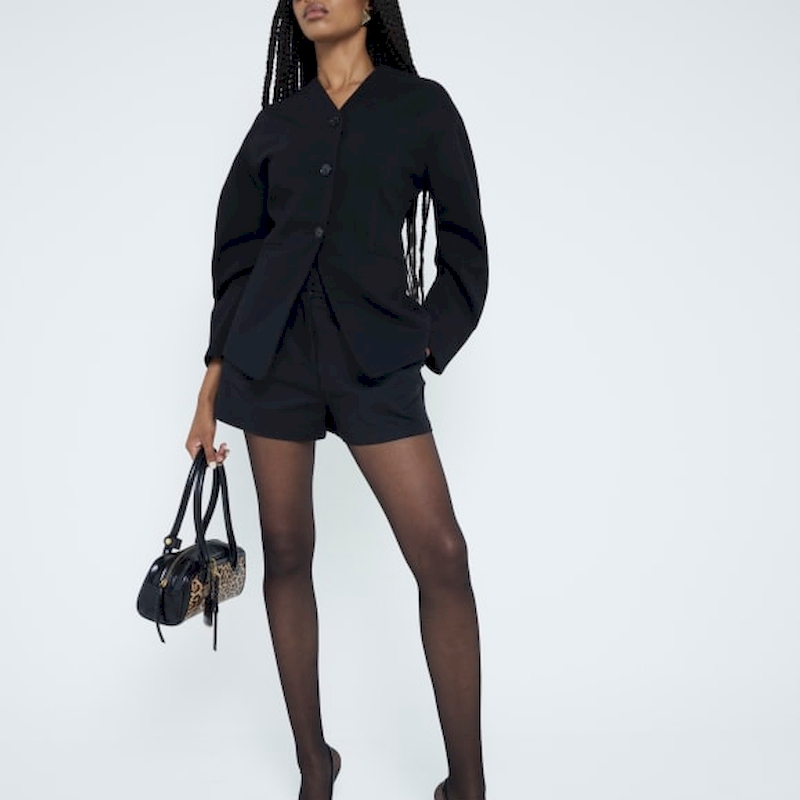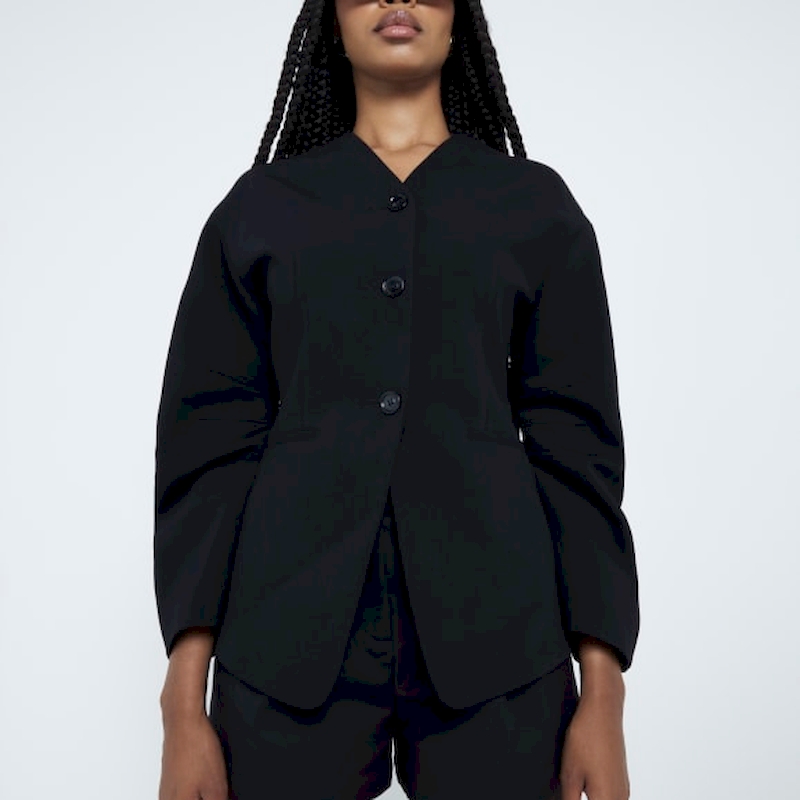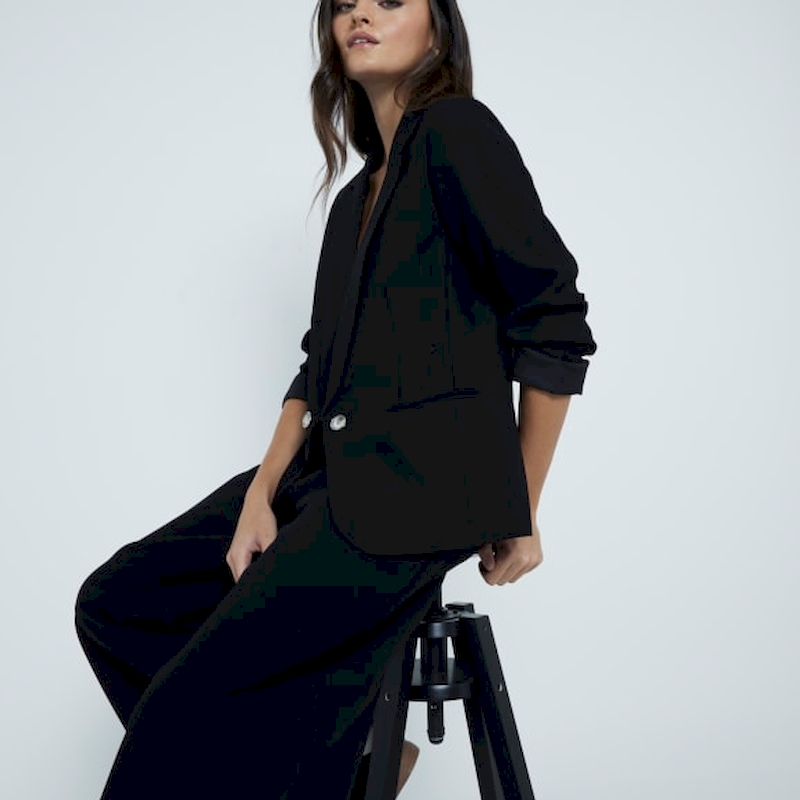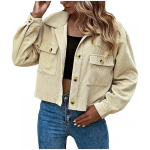In the world of men’s fashion, two garments stand out for their versatility and style: the suit jacket and the blazer. Though they are often used interchangeably, it’s essential to understand that there are distinct differences between a suit jacket and a blazer. Knowing these differences can help you make informed fashion choices that reflect your personal style and are appropriate for various occasions. A suit jacket is typically part of a formal suit, explicitly designed to be worn with coordinated trousers, whereas a blazer is more versatile and can be paired with different types of pants, making it suitable for a wider range of social contexts. Throughout this article, we will explore the nuanced differences between suit jackets and blazers, their history, suitable occasions for each, style tips, and how to properly care for these essential wardrobe staples.
The Origins of Suit Jackets and Blazers
Understanding the roots of suit jackets and blazers offers valuable insight into their current place in fashion.
Suit Jackets: Historical Context
The suit jacket evolved from traditional tailcoats in the 19th century and symbolizes formal attire. Originally worn by aristocrats, the suit jacket transitioned into men’s everyday wear with the introduction of lighter fabrics and more comfortable cuts. The suit jacket’s refined design caters to formal events and professional settings, making it a quintessential element of modern business attire.
Blazers: A More Casual Heritage
Blazers trace their origins to nautical uniforms in the 19th century, specifically worn by the officers of the British Naval fleet. Early blazers were often made from durable wool to withstand the elements. Over time, blazers evolved into stand-alone garments and became fashionable for non-formal occasions, maintaining an image of casual sophistication. They are often seen as a versatile addition to men’s wardrobes, capable of being dressed up or down depending on the situation.
Key Differences Between Suit Jackets and Blazers
Understanding the differences between suit jackets and blazers begins with examining their distinct characteristics.
Fabric and Texture
One of the most noticeable differences between suit jackets and blazers is the fabric used:
- Suit Jackets: They are typically crafted from finer materials, often featuring wool, cotton, or blended fabrics designed for a polished, sleek look. The texture is generally smoother, reflecting a more formal style.
- Blazers: Blazers can be made from various materials, including heavier fabrics such as serge, twill, or cotton. They may come in textured materials, such as herringbone or linen, offering a more relaxed feel.
Color and Pattern
Color and patterns are vital elements that distinguish suit jackets from blazers:
- Suit Jackets: They often come in solid colors, typically dark or neutral tones such as navy, charcoal, and black. Some may feature understated patterns, such as pinstripes, but the overall appearance remains formal.
- Blazers: Blazers offer a broader spectrum of colors and patterns, allowing for more creativity and personal expression. From bright colors to bold plaid patterns, blazers cater to casual and semi-formal events.
Fit and Structure
The fit and structure of suit jackets and blazers further differentiate them:
- Suit Jackets: These jackets are designed with a structured fit, often incorporating padding in the shoulders and a trim, tailored silhouette. The structured design aims to enhance the wearer’s shape, contributing to a professional appearance.
- Blazers: Blazers generally have a more relaxed fit, which allows for comfort and ease of movement. While blazers can also be tailored, they often provide a looser silhouette that does not adhere as strictly to formal conventions.
Appropriate Occasions for Suit Jackets and Blazers
Understanding when to wear a suit jacket versus a blazer is essential for making suitable wardrobe choices.
When to Wear a Suit Jacket
Suit jackets are typically reserved for formal settings and occasions. Consider these scenarios for sporting a suit jacket:
- Formal Occasions: Weddings, gala events, and black-tie functions often require a full suit, including a suit jacket.
- Professional Environments: Most corporate environments, especially in finance, law, or business meetings, necessitate wearing a suit jacket for a polished professional look.
- Interviews: Job interviews typically call for business formal attire. A well-fitted suit jacket is a must to make a strong first impression.

When to Wear a Blazer
Blazers suit a broader range of events and casual outings. Here are some occasions when a blazer is appropriate:
- Casual Settings: Pair a blazer with chinos or jeans for a smart-casual outfit, perfect for social gatherings, dinner dates, or informal events.
- Date Night: Blazers offer a stylish yet relaxed option for a date night, effortlessly elevating an outfit without being too formal.
- Business Casual Environments: Workplaces embracing a business casual dress code often accept blazers paired with dress shirts and smart trousers for a polished look.
Style Tips for Wearing Suit Jackets and Blazers
When wearing a suit jacket or blazer, style and presentation are important. Here are several tips to elevate your look:
Suit Jacket Style Tips
- Fit is Key: Ensure your suit jacket fits correctly across the shoulders, chest, and sleeves. A well-fitted jacket improves your overall appearance and confidence.
- Wear with the Right Trousers: Match your suit jacket with tailored trousers of the same fabric and color to create a cohesive look. Avoid mismatched separates unless fashionably intentional.
- Accessorize Wisely: Choose accessories that complement your suit jacket. A tie, pocket square, or cufflinks can add personality without overwhelming the overall appearance.
- Shirt Selection: Opt for classic dress shirts in solid colors or subtle patterns. Light tones typically work well under darker suit jackets.
Blazer Style Tips
- Experiment with Color: Blazers allow room for creativity. Don’t hesitate to mix colors and patterns, such as pairing a navy blazer with a patterned shirt or vibrant chinos.
- Casual Footwear Options: Blazers pair well with loafers, brogues, or even clean sneakers for casual looks. Ensure your footwear complements the style of your blazer.
- Layering is Key: Blazers work exceptionally well as layering pieces. Consider wearing a fitted turtleneck or an open-collared shirt underneath for added warmth and style.
- Be Playful with Textures: Feel free to mix different fabrics or textures. Pairing a wool blazer with a cotton shirt can create depth and interest in your outfit.
Care and Maintenance of Suit Jackets and Blazers
Proper care is essential to prolong the lifespan of your suit jackets and blazers. Follow these guidelines to maintain their appearance:
Cleaning Suit Jackets
- Dry Clean Only: It’s generally best to dry clean suit jackets to preserve their fabric and shape. Take them to a professional dry cleaner regularly, especially after extensive wear.
- Spot Cleaning: For minor stains, consider spot cleaning with a suitable fabric cleaner. Address spills promptly to prevent staining.
- Brush Regularly: Invest in a lint brush or fabric brush to remove dust and dirt that accumulates on your suit jackets. Regular brushing can keep them looking fresh and crisp.
Maintaining Blazers
- Wash with Care: Many blazers can be machine washed or hand washed, but always refer to the care label for specific instructions.
- Air Drying: Avoid tumble drying your blazers, as heat can warp fabric. Instead, lay them flat or hang them to air dry.
- Storage Matters: Store your blazers on sturdy hangers to maintain their shape. Ensure your closet has enough space to avoid crumpling or bending.
Fashion Trends: Evolving Styles of Suit Jackets and Blazers
The world of fashion sees constant innovations and trends that can redefine how we perceive traditional garments like suit jackets and blazers.
Suit Jackets in Contemporary Fashion
Modern suit jackets often embrace versatility and comfort. Designers are experimenting with relaxed fits, breathable fabrics, and innovative patterns, leading to a revival of the “smart-casual” look. This trend encourages mixing formal pieces with more casual attire, such as knitwear or textured sneakers, offering fresh takes on classic ensembles.
Blazers: From Office Wear to Everyday Style
Blazers have seen a surge in popularity, transitioning from strict office wear to versatile everyday garments. Current trends incorporate blazers into casual and streetwear styles, pairing them with graphic tees, distressed jeans, and trendy footwear. Fashion-forward individuals are exploring color choices, oversized fits, and unique fabric combinations to expand the traditional understanding of blazers.
Conclusion
The distinction between a suit jacket and a blazer is crucial for anyone interested in fashion. Understanding their differences in style, functionality, and appropriate occasions can enhance your wardrobe choices. While suit jackets are synonymous with formal occasions and professional environments, blazers offer versatility that caters to various settings, including casual gatherings and business-casual environments.
Both garments serve essential roles in shaping a well-rounded wardrobe, providing the opportunity for personal expression. By utilizing the style tips, care guidelines, and understanding fashion trends, you can maximize the potential of your suit jackets and blazers. In a world where fashion continually evolves, embracing these garments allows you to express your individuality while staying stylish and appropriate for every occasion.
In the end, whether you choose a suit jacket for a formal event or a stylish blazer for a casual outing, both options can bring charm and sophistication to your ensemble.

